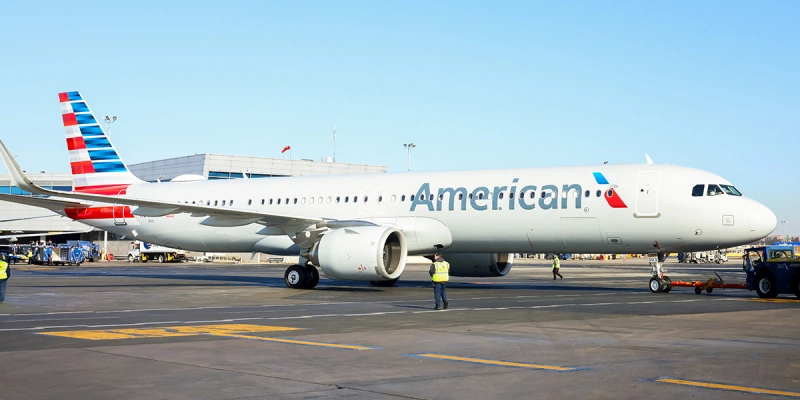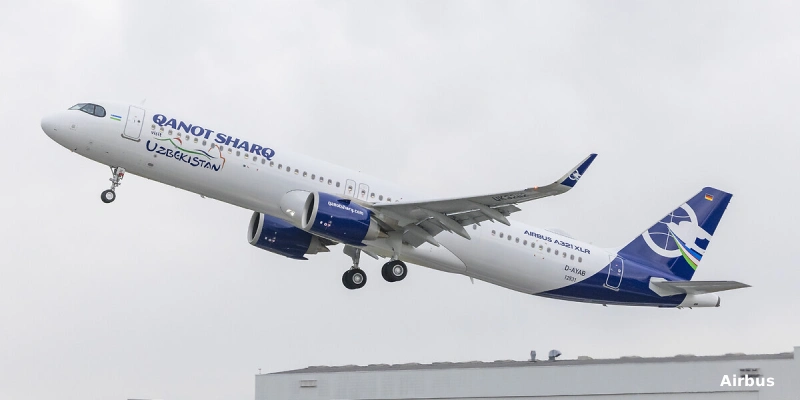The International Air Transport Association (IATA) released its global passenger demand results for June 2025 this Thursday. The key takeaway: growth continues, but with clear signs of slowing. Capacity expansion is outpacing demand, impacting load factors, though they remain at historically high levels.
A General Market Overview
In June, total demand, measured in revenue passenger kilometers (RPK), increased by 2.6% compared to the same month last year. Meanwhile, global capacity, calculated in available seat kilometers (ASK), grew by 3.4%. This gap between supply and demand caused a 0.6 percentage point drop in the global load factor, settling at a robust 84.5%.
Willie Walsh, IATA’s Director General, contextualized these figures: “Air travel demand grew by 2.6%. This is a slower pace than in previous months and reflects disruptions caused by military conflicts in the Middle East. Nevertheless, load factors remain solid worldwide.”
For the Northern Hemisphere summer, Walsh anticipates no drastic changes, as August schedules show only a 1.8% increase in planned capacity.
→ IATA Challenges EU’s Sustainable Fuel Mandate: High Cost and Low Environmental Impact
Regional Performance: Latin America Leads, Middle East and Africa Decline
Latin America led growth with a 7.9% demand increase, followed by Asia-Pacific at +5.0%. At the other end, the Middle East saw a 0.2% decline, while Africa posted a modest 0.8% rise, likely affected by growing competition from European and Gulf carriers.
Total Market — June 2025 (Year-on-Year Variation)
| Region | Global Share | RPK | ASK | Load Factor (%) |
| Global | 100% | +2.6% | +3.4% | 84.5 (-0.6 pp) |
| Asia-Pacific | 33.5% | +5.0% | +4.7% | 83.0 (+0.3 pp) |
| Europe | 26.7% | +2.2% | +2.6% | 87.8 (-0.3 pp) |
| North America | 22.9% | +0.1% | +2.1% | 86.4 (-1.7 pp) |
| Middle East | 9.4% | -0.2% | +1.6% | 78.3 (-1.4 pp) |
| Latin America | 5.3% | +7.9% | +9.6% | 82.9 (-1.3 pp) |
| Africa | 2.2% | +0.8% | +1.5% | 74.6 (-0.6 pp) |
International Traffic: Uneven Growth and Declining Load Factors
International demand grew by 3.2% in June compared to 2024, but load factors dropped across all regions as capacity continued to outpace demand.
Asia-Pacific: The highest increase, with passenger numbers up 7.2%. Capacity rose by 7.5%, and the load factor dipped slightly to 82.9% (-0.2 pp).
Europe: A 2.8% rise in RPK. Capacity expanded by 3.3%, and the load factor stood at 87.4% (-0.4 pp).
North America: A 0.3% contraction in demand, with a 2.2% increase in supply. The load factor fell to 86.9%, 2.2 percentage points below June 2024.
Middle East: A 0.4% decline in international demand, impacted by military conflicts. Routes to North America fell by 7%, and to Europe by 4.4%. Capacity grew by 1.1%, but the load factor dropped to 78.7% (-1.2 pp).
Latin America: A standout 9.3% increase in international passengers. However, with capacity growth of 11.8%, the load factor fell to 83.3% (-1.9 pp).
Africa: A slight 0.3% drop in RPK, while capacity remained stable at +0.3%. The load factor closed at 74.6% (-0.5 pp).
Domestic Traffic: Slight Uptick and Improvement in Brazil
In domestic markets, demand rose by 1.6% year-on-year. Capacity grew by 2.1%, and the load factor was 84.7%, down 0.4 percentage points.
Brazil stood out for its strong performance, while the U.S. domestic market recorded its first expansion in four months, albeit minimal.
IATA’s report shows an air travel market that continues to grow but at a slower pace, influenced by geopolitical factors and a widening gap between seat supply and actual passenger demand. Although load factors have dipped slightly, they remain at historically high levels, reflecting resilient global demand.
Related Topics
Philippine Airlines Receives Its First Airbus A350-1000
American Airlines Debuts Airbus A321XLR on Transcontinental Route Between New York and Los Angeles
Uzbekistan’s Qanot Sharq Receives Its First Airbus A321XLR
China Airlines Orders Five Additional Airbus A350-1000 Jets

Plataforma Informativa de Aviación Comercial con 13 años de trayectoria.




